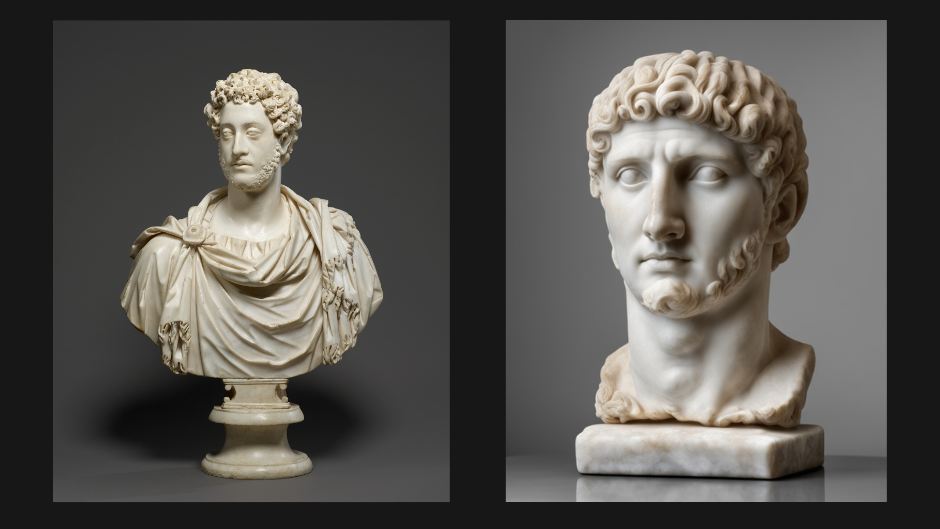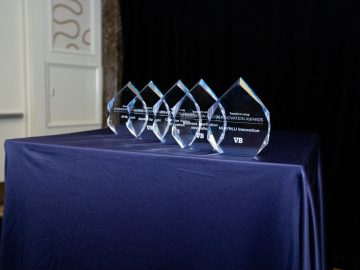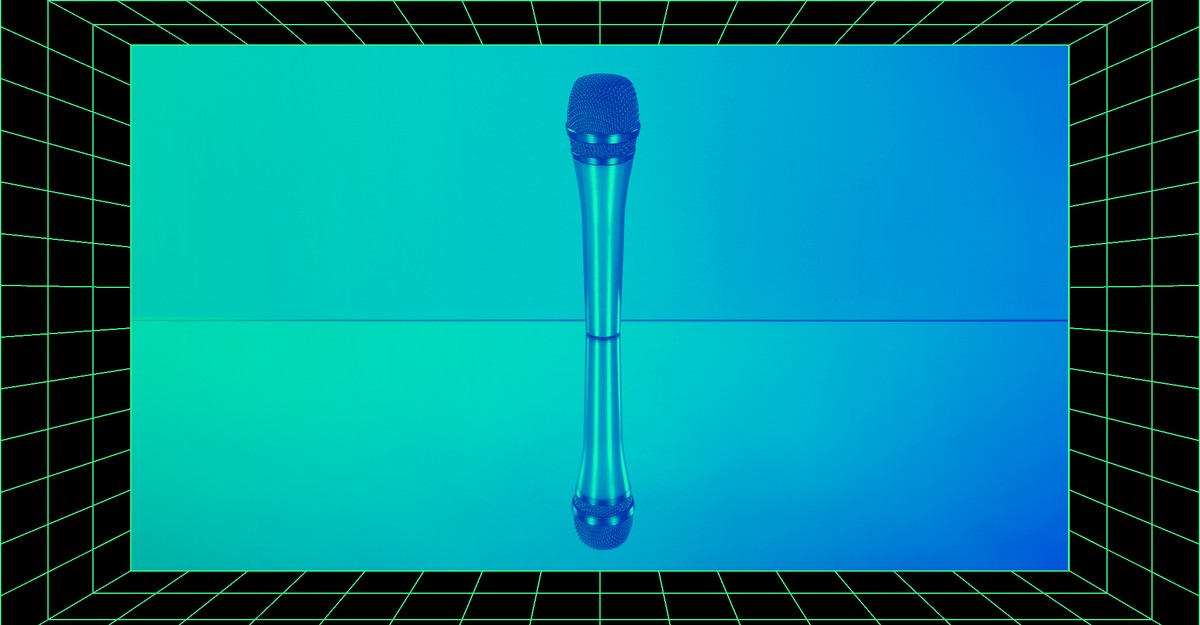The Lowe Art Museum’s new exhibit prompted students to consider what artificial intelligence can accomplish in art
“Fool Me Once,” a two-site art exhibition focusing on the use of artificial intelligence (AI) in visual art production, wowed students at the University of Miami this spring.
Nathan Timpano, associate professor and chair of the art and art history department at the College of Arts & Sciences, and Mark Osterman, the assistant director for technology and engagement at the Lowe Art Museum, collaborated with students enrolled in the ArtLab @ the Lowe course to curate the exhibit. The College offers this course every spring to students interested in gaining hands-on work experience in the museum field.
The “Fool Me Once” show displayed pairs of images of the same art object—one human-made and one AI-generated—and asked viewers to decide which image was which.
“The idea is to see if students are tricked or not into thinking that they are looking at the work of an actual artist,” Timpano said. “We drew from actual objects in the Lowe’s permanent collection that we believed look like they could have been created by AI software, but were, in fact, created by actual artists.”
Osterman and his team at the Lowe Art Museum—Tola Porter, the museum educator for academic and public programs, and Caitlin Swindell, a former curator for collections and exhibitions—supported on the technological side.
“The museum team took digital images from the Lowe’s database and fed these files into AI software,” Timpano explained. “The software generated a word description of these digital images, which we then inputted into a different AI software. The images that the second AI software generated were placed next to the actual works of art.”
The exhibition prompted students to register their initial impressions, important data for understanding how people engage with the images. The students scanned a QR code with their phones and took a survey, which asked them to guess which images were created by AI software.
In addition to the visual, the exhibit also explored the role of AI in creating written content in the context of an art space.
“We had two different didactic wall texts when visitors came into the exhibition spaces,” Timpano explained. “Students in the ArtLab course and I wrote one of the descriptive texts, so it was human-generated and analog. The other wall text was completely written by AI.”
As was the case with the images, the survey asked students to distinguish between the human-generated and AI-generated texts.
Thematically speaking, “Fool Me Once” featured objects in the Lowe collection that address nature and the environment. “The Lowe Art Museum was also opening an exhibit on animals around the same time. We wanted the two projects to speak to each other,” Timpano explained.
The main exhibition was installed outside the College’s student advising center at Suite 140 in the Ashe Administration Building. “We designed the show to activate that space and to allow for greater interaction between undergraduate students and those works of art,” Timpano said.
The Lowe also joined in on the exhibit’s visual fun, hosting a smaller section of the exhibit on one of its walls. By extending “Fool Me Once” across two sites, Timpano and his team aimed to have as wide a conversation as possible about the work and the questions it raises.
“Utilizing AI in curatorial and educational practices within museums presents transformative opportunities in how exhibits are conceptualized, curated, designed, and interpreted,” Osterman said. “However, challenges such as ensuring ethical use, maintaining authenticity, creativity, and originality must be carefully navigated to advance learning and cultural preservation in a provocative and meaningful way.”
Addressing AI’s application to art also provided a valuable learning experience for this year’s ArtLab students.
“AI software can be scary because it is a new technology. But I think if we understand its potential as well as the pitfalls involved, we can use that as a pretty amazing tool in educating students,” Timpano said. “Obviously, AI is here to stay. However, moving forward, teaching our students how to properly utilize it is only going to be a boon for their future careers and for future course offerings on AI here at the University.”





